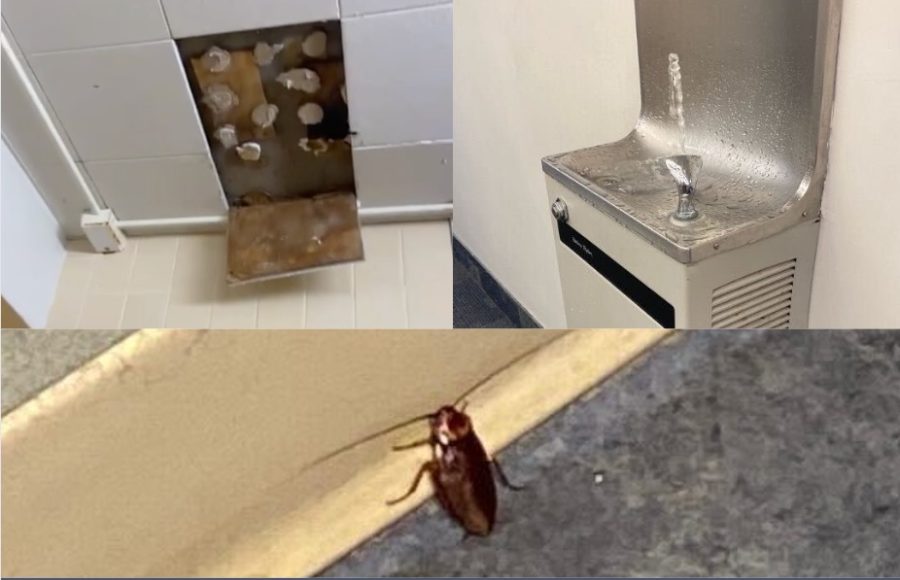Editorial: CWRU administration is ignoring the living conditions of current students
Between new residential halls and renovations to the Case Quad and research buildings, the physical expansion of Case Western Reserve University is well underway. While this is beneficial for future students and faculty, it simultaneously ignores the current issues facing the CWRU community.
The current infrastructure projects seem to ignore the biggest issues facing students right now—namely, the living conditions in first-year and second-year residence halls are far from ideal, and, when compared to other universities, are downright deplorable. First-year halls are littered with cockroaches, leaking bathrooms and falling ceiling tiles. Second-year halls, especially the ones in the Carlton Road community, have had reports of rats, ant infestations and frequent flooding issues. While some underclassmen live in upperclassmen housing, such as the Stephanie Tubbs Jones Residence Hall or The Village at 115th, most underclassmen are forced to live in disgusting conditions. While it’s not as bad as first and second-year housing, on-campus upperclassmen housing is no picnic either, with dangerous heating and air conditioning malfunctions, mold in dishwashers, mice infestations and more.
Beyond living conditions, distance and safety also play a factor in the inadequacy of student housing. Students that rely on shuttles have seen how unreliable they are, forcing many to be late to various responsibilities, including work and class.
The disregard of living conditions is only part of the problem—there is also disregard to crowding on campus. As mentioned earlier, there are new construction plans, such as the $300 million research building replacing Yost. However, instead of investing more money into a costly new research facility—which is an area CWRU already regularly invests in—what about investing in a new student center space? The renovation of Eldred Theater is all well and good, but where is our Identity Center? Such a student center has been in the cards for years but CWRU has continued to deprioritize it over the years. And as we continue to invest in new STEM buildings, we must ask whether the humanities buildings on Mather Quad will ever be updated? As we expand our student body we can clearly see that CWRU is over capacity already. It is evident in long food and bathroom lines, limited free seating in almost all common student spaces, jam-packed lecture sections and the nonexistent extra availability for on-campus living. If CWRU continues to admit more and more students, then the university space needs to reflect it—especially in student center spaces. Moreover, CWRU continues to ignore its humanities and social science communities—these spaces are in a desperate need of a retrofit.
CWRU needs to invest in the living conditions of its current students. We cannot accept living in environments that are unsanitary and hazardous. Before we build a new research center of the future, we must address the needs of the students today. We must invest in our infrastructure but it needs to be in the right areas—such as more conveniently located on-campus living, better humanities spaces and additional campus student centers. As we plan for the future of CWRU, the administration should work to improve the lives of current students, and to help the departments most in need today.
Unsigned editorials are typically written by the opinion editor but reflect the majority opinion of the senior editorial staff.


